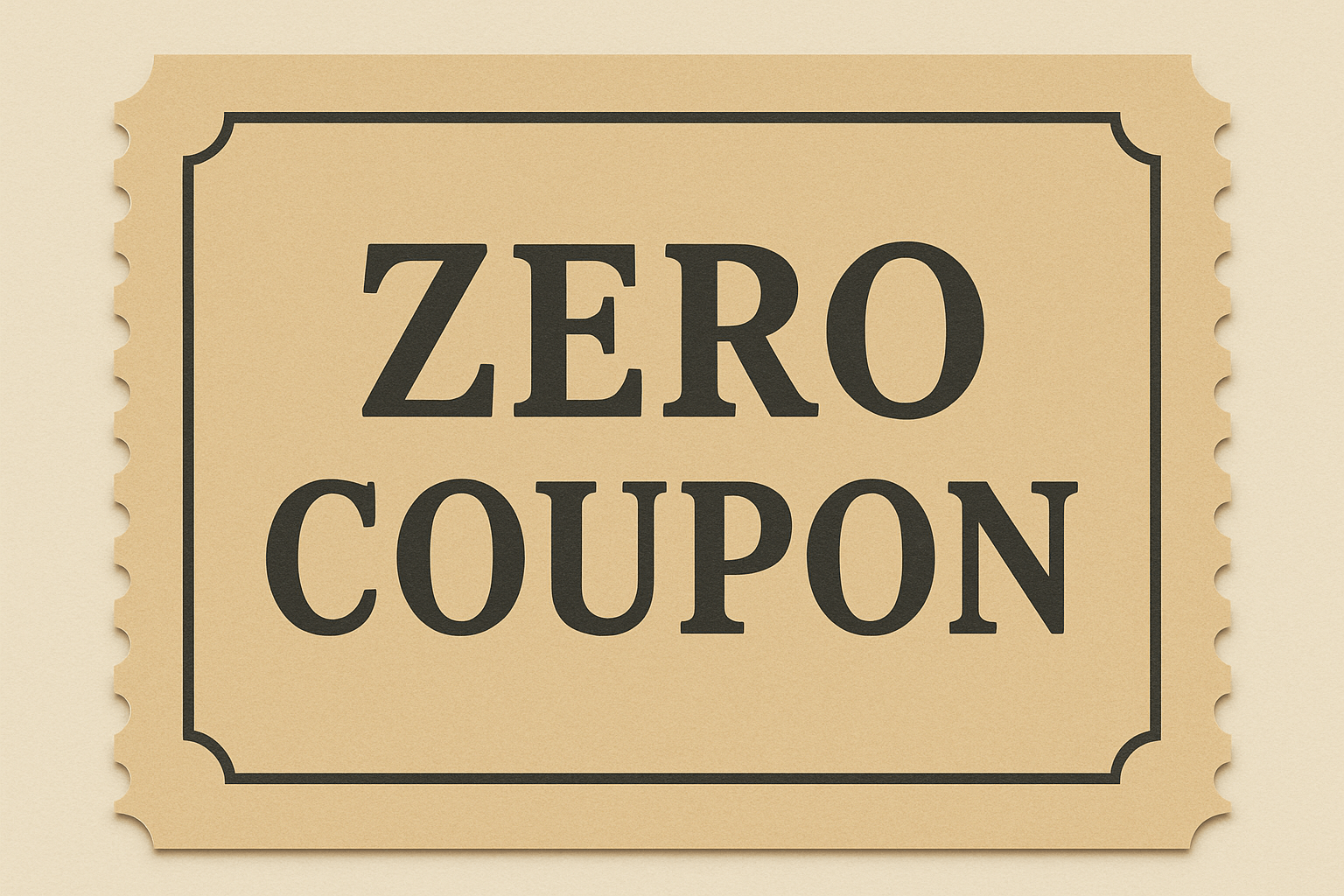Do’s and Don’ts of Rental Listings
By George Kalogeropoulos | RentMetrics, Inc.
Here at RentMetrics our business is tracking the rental market, so we see many good and bad rental listings. Over time we’ve tracked which listings get high response rates from desirable tenants, and have also seen the mistakes owners make that cost them money and create hassles.
Many of these suggestions will seem like common sense, but we often see owners making basic mistakes that leave them with empty properties or undesirable tenants and subpar rents. It’s amazing how owners hunt for the perfect property, get great financing, pour themselves into renovations, and then handicap themselves with a bad listing.
Good Listings
The best listings are detailed, comprehensive and accurate, and have 5-10 great pictures.
Detailed data about the property: What features and amenities should the tenant expect? (hardwood floors, carpeting, granite countertops, stainless steel appliances, etc.) How many bathrooms does the place have? Is there garage or on-street parking? Is there in-unit or on-site laundry?
Comprehensive supplementary information: How much is the security deposit? What’s your pet policy? Which utilities are included, and how much should the tenant expect to pay for those that aren’t covered? When is the unit available? How and when should prospective renters contact you?
Accurate: Keep it simple, factual, relevant and honest.
Great pictures: The best listings we’ve seen have 5-10 high resolution professional photographs shot in bright daylight that show off the major spaces (bedrooms, bathrooms, living/dining area), with at least one external shot.
Go the extra mile: You know the area around your property, but the tenant likely won’t. What are the shopping and entertainment options? What’s the availability of public transportation? Proximity to schools? A few key details at the end will round out a great listing and help tenants picture themselves living at your property.
Bad Listings
The worst listings are too wordy, misleading, contain irrelevant photos/details, are written poorly and demonstrate a bad attitude.
Too wordy: A listing is not an essay or a novel, and you won’t get any points with tenants for your creative writing. Said another way, it’s easier for the prospective tenant to click through to the next listing than to hunt through a wall of text for that key detail they’re looking for.
Misleading: No one likes the bait and switch. Anything you don’t disclose up front is a ticking time bomb when the prospective tenant visits. You’ll end up wasting your time, their time, and possibly even get a bad review online. In the same vein, exaggeration leads to mismatched expectations, which lead to disappointment and wasted time, so keep your descriptions simple and factual.
Irrelevant photos: We’re all animal lovers, but pictures of your dog or cat don’t belong in the listing, and neither do pictures of the local school or 7-11. This is most often taken as a sign that you’re either lazy, or worse, hiding something, and you’ll drive good tenants away.
Written poorly: NEVER WRITE IN ALL CAPS, and compose your listing in Microsoft Word or Google Docs so that you can run a spelling and grammar check.
Bad Attitude: As obvious as it may seem, your listing is not the right place to complain about past tenants. This happens way too often. Just like you are looking for good tenants, the best tenants are on the lookout for someone they want to rent from.
Which listing best practices do you recommend?
 RentMetrics, Inc. helps real estate professionals understand the residential rental market by providing accurate and comprehensive data in real-time. George runs the business side of RentMetrics. His past experience is in investment management and includes modeling real estate portfolios for institutional investors at Bridgewater Associates, a large hedge fund.
RentMetrics, Inc. helps real estate professionals understand the residential rental market by providing accurate and comprehensive data in real-time. George runs the business side of RentMetrics. His past experience is in investment management and includes modeling real estate portfolios for institutional investors at Bridgewater Associates, a large hedge fund.










